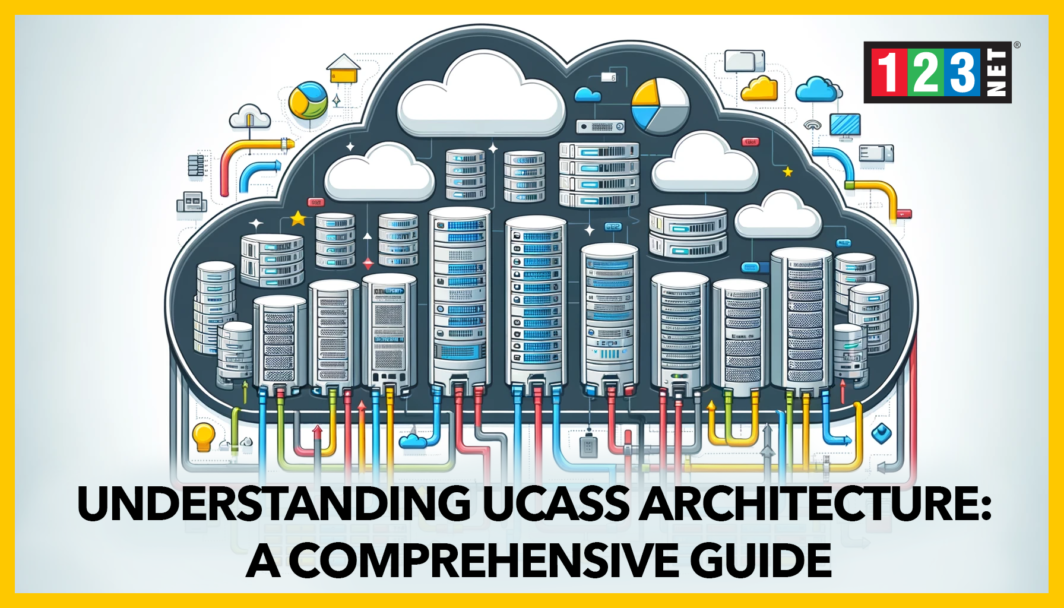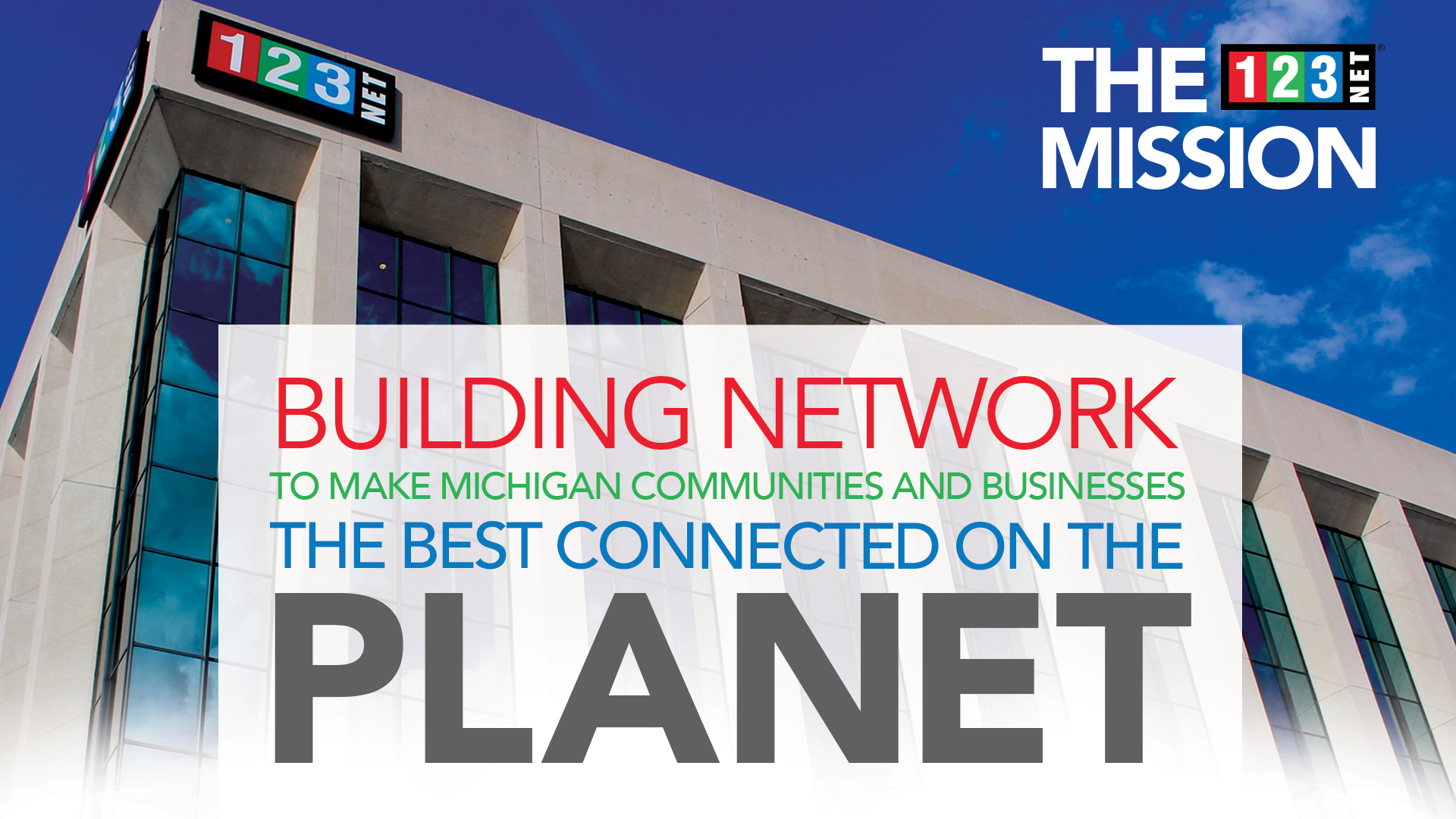
Introduction to UCaaS Architecture
Unified Communications as a Service (UCaaS) represents a cloud-based communication system that consolidates various enterprise communication solutions such as VoIP, video conferencing, instant messaging, and collaboration tools into a unified platform. UCaaS architecture is designed to enhance communication and collaboration within organizations by leveraging the flexibility and scalability of the cloud.
UCaaS architecture is crucial as it offers a robust framework for delivering integrated communication platforms that are accessible from anywhere, ensuring business continuity and efficiency. Understanding UCaaS architecture allows organizations to optimize their communication infrastructure, reduce costs, and improve user experience. By embracing UCaaS, businesses can stay ahead of technological advancements and maintain competitive agility in a rapidly evolving market.
Components of UCaaS Architecture
Cloud Infrastructure
The backbone of UCaaS architecture is its cloud infrastructure, which provides the necessary computing resources, storage, and networking capabilities. This infrastructure ensures high availability, scalability, and reliability of communication services.
Communication Platforms
UCaaS encompasses various communication platforms such as VoIP solutions, video conferencing, instant messaging, and collaboration tools. These platforms are integrated to provide seamless communication experiences across multiple devices and locations.
Integration Interfaces
UCaaS architecture includes integration interfaces like APIs (Application Programming Interfaces) that allow seamless connectivity with third-party applications, CRM (Customer Relationship Management), and ERP (Enterprise Resource Planning) systems, enabling unified workflows and data synchronization.
Security Layers
Security is paramount in UCaaS architecture. It includes multiple security layers such as data encryption, identity and access management, and threat detection systems to ensure secure communication networks and protect sensitive information.
User Management
User management components facilitate the administration of user accounts, roles, and permissions. They ensure that users have the appropriate access levels and can efficiently manage their communication preferences.
Key Features of UCaaS Architecture
Scalability
UCaaS architecture is inherently scalable, allowing businesses to easily adjust their communication resources based on demand. This scalability ensures that organizations can handle growth without significant infrastructure changes.
Flexibility
The flexibility of UCaaS enables organizations to customize their communication solutions to meet specific business needs. Whether it’s integrating new communication tools or adjusting service plans, UCaaS offers the adaptability required for dynamic business environments.
Reliability
UCaaS provides high reliability through redundant communication systems and failover mechanisms. These features ensure that communication services remain operational even during network disruptions or hardware failures.
Cost-Effectiveness
By leveraging cloud infrastructure, UCaaS reduces the need for expensive on-premises hardware and maintenance. It offers a cost-effective solution through subscription-based pricing models, which align expenses with usage.
Interoperability
UCaaS architecture supports interoperability between various communication tools and systems. This capability allows seamless integration of different communication services, enhancing overall productivity and user experience.
UCaaS Deployment Models
Public Cloud
Public cloud UCaaS deployment leverages shared cloud infrastructure provided by third-party vendors. This model offers cost savings, scalability, and ease of management, making it suitable for many businesses.
Private Cloud
Private cloud deployment involves dedicated cloud infrastructure for a single organization. It provides enhanced security and customization options, making it ideal for businesses with stringent compliance and security requirements.
Hybrid Cloud
Hybrid cloud deployment combines public and private cloud models, allowing organizations to balance cost efficiency with security and control. This model enables businesses to leverage the benefits of both public and private clouds.
On-Premises vs. Cloud Solutions
While on-premises solutions offer complete control over communication systems, they come with higher costs and maintenance efforts. UCaaS cloud solutions, on the other hand, provide greater flexibility, lower costs, and easier scalability, making them a preferred choice for modern enterprises.
Design Principles of UCaaS Architecture
Modular Design
UCaaS architecture is based on a modular design that allows individual components to be developed, deployed, and managed independently. This design principle enhances flexibility and simplifies system upgrades.
Multi-Tenancy
Multi-tenancy is a key design principle in UCaaS, enabling multiple organizations to share the same infrastructure while maintaining data isolation and privacy. This approach optimizes resource utilization and reduces costs.
Redundancy and Failover
Redundancy and failover mechanisms are integral to UCaaS architecture, ensuring high availability and reliability. These mechanisms provide backup systems that can take over in case of failures, minimizing downtime.
Network Optimization
Network optimization techniques such as bandwidth management and traffic prioritization are essential for maintaining high-quality communication services. These techniques ensure efficient use of network resources and enhance user experience.
Compliance and Regulatory Considerations
UCaaS architecture must comply with various industry regulations and standards. Design principles incorporate compliance with data protection laws, security standards, and industry-specific regulations to ensure legal and regulatory adherence.
Security Considerations in UCaaS Architecture
Data Encryption
Data encryption is a critical security measure in UCaaS architecture, protecting sensitive information during transmission and storage. Encryption ensures that only authorized parties can access and interpret the data.
Identity and Access Management
Identity and access management (IAM) systems control user access to UCaaS resources. IAM systems enforce authentication, authorization, and user account management, ensuring secure access to communication services.
Threat Detection and Response
UCaaS architecture includes advanced threat detection and response mechanisms to identify and mitigate security threats. These systems continuously monitor network activity, detect anomalies, and respond to potential security incidents.
Compliance Standards
Compliance with industry standards such as GDPR, HIPAA, and PCI-DSS is crucial for UCaaS providers. Adhering to these standards ensures that communication services meet legal and regulatory requirements, protecting user data and privacy.
Security Best Practices
Implementing security best practices, such as regular security assessments, patch management, and user training, is essential for maintaining a secure UCaaS environment. These practices help prevent security breaches and ensure ongoing protection.
Integration Capabilities in UCaaS Architecture
API Integration
API integration is a cornerstone of UCaaS architecture, enabling seamless connectivity with various applications and systems. APIs allow organizations to extend UCaaS functionalities and integrate with custom business workflows.
Third-Party Applications
UCaaS supports integration with third-party applications such as CRM, ERP, and other business tools. These integrations streamline workflows, improve data synchronization, and enhance overall productivity.
CRM and ERP Systems
Integration with CRM and ERP systems allows businesses to unify customer and operational data with their communication platforms. This integration improves customer service, sales processes, and operational efficiency.
Collaboration Tools
UCaaS architecture integrates with collaboration tools like project management software, document sharing platforms, and team messaging apps. This integration fosters teamwork and enhances collaborative efforts.
Unified Messaging Systems
Unified messaging systems combine various communication channels into a single interface, improving user experience and communication efficiency. UCaaS architecture supports integration with these systems for seamless messaging.
Performance Optimization in UCaaS Architecture
Bandwidth Management
Effective bandwidth management ensures that communication services have sufficient network resources. UCaaS architecture includes bandwidth allocation and traffic prioritization techniques to maintain service quality.
Latency Reduction Techniques
Reducing latency is crucial for real-time communication services. UCaaS architecture employs techniques such as content delivery networks (CDNs) and edge computing to minimize latency and improve user experience.
Quality of Service (QoS)
Quality of Service (QoS) policies prioritize critical communication traffic, ensuring that voice and video services maintain high performance even during peak network usage. QoS is essential for delivering reliable UCaaS services.
Monitoring and Analytics
Continuous monitoring and analytics help optimize UCaaS performance by providing insights into network usage, service quality, and user behavior. These insights enable proactive management and issue resolution.
Continuous Improvement Strategies
Adopting continuous improvement strategies involves regularly updating and refining UCaaS architecture based on performance metrics and user feedback. This approach ensures that the system remains efficient and effective over time.

Future Trends in UCaaS Architecture
AI and Machine Learning Integration
The integration of AI and machine learning into UCaaS architecture is poised to revolutionize communication services. AI-driven analytics, chatbots, and predictive maintenance are some applications enhancing user experiences and operational efficiency.
5G and Edge Computing
The advent of 5G and edge computing technologies will significantly impact UCaaS by providing faster and more reliable connectivity. These advancements will enable real-time communication and support advanced UCaaS applications.
Enhanced User Experiences
Future UCaaS solutions will focus on enhancing user experiences through intuitive interfaces, personalized services, and advanced collaboration tools. Improved user experiences will drive adoption and satisfaction.
Increased Customization
Customization options in UCaaS architecture will allow businesses to tailor communication solutions to their specific needs. This flexibility will cater to diverse industry requirements and enhance overall effectiveness.
Market Growth Predictions
The UCaaS market is expected to grow significantly in the coming years, driven by the increasing demand for cloud-based communication solutions. Businesses will continue to adopt UCaaS for its scalability, cost-effectiveness, and advanced features.
FAQs on UCaaS Architecture
- What is UCaaS? A: Unified Communications as a Service (UCaaS) is a cloud-based communication system that integrates various communication tools into a unified platform.
- How does UCaaS differ from traditional communication systems? A: UCaaS leverages cloud infrastructure for flexibility, scalability, and cost-effectiveness, unlike traditional on-premises systems that require significant hardware investments.
- What are the benefits of UCaaS? A: UCaaS offers scalability, flexibility, cost savings, enhanced collaboration, and improved communication efficiency.
- How secure is UCaaS? A: UCaaS includes robust security measures such as data encryption, IAM, and compliance with industry standards to ensure secure communication.
- Can UCaaS integrate with existing systems? A: Yes, UCaaS supports integration with various third-party applications, CRM, ERP systems, and collaboration tools.
Conclusion
UCaaS architecture plays a vital role in modernizing enterprise communication solutions, offering numerous benefits such as scalability, flexibility, and cost-effectiveness. As technology continues to evolve, UCaaS will integrate advanced features like AI, 5G, and edge computing, further enhancing communication capabilities. By understanding and leveraging UCaaS architecture, businesses can optimize their communication infrastructure, stay competitive, and drive growth in an increasingly digital world.




